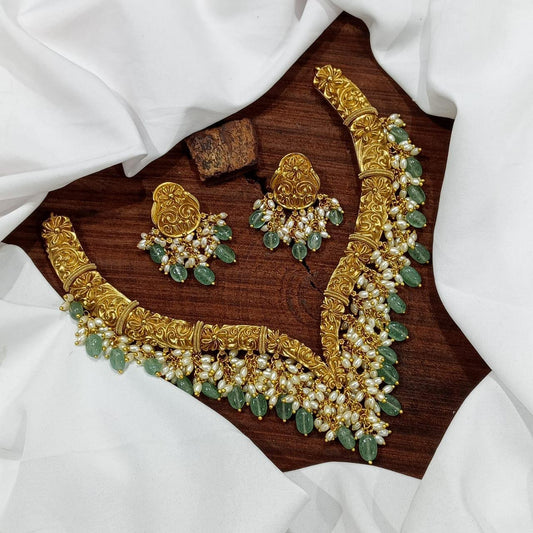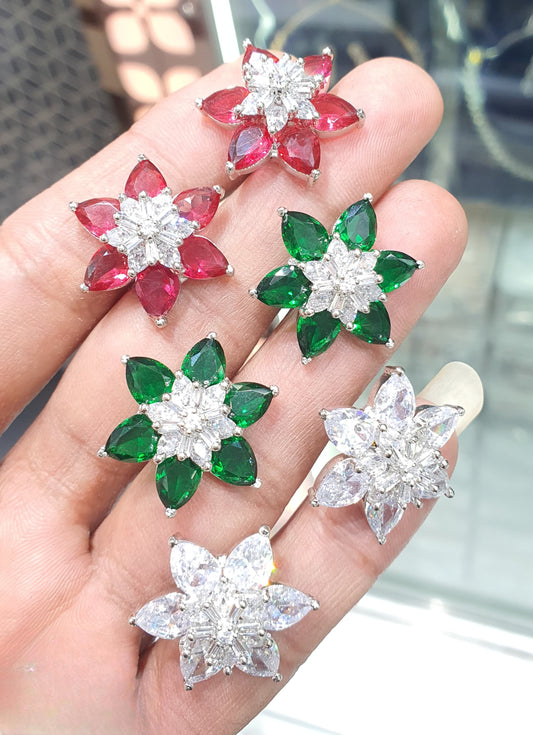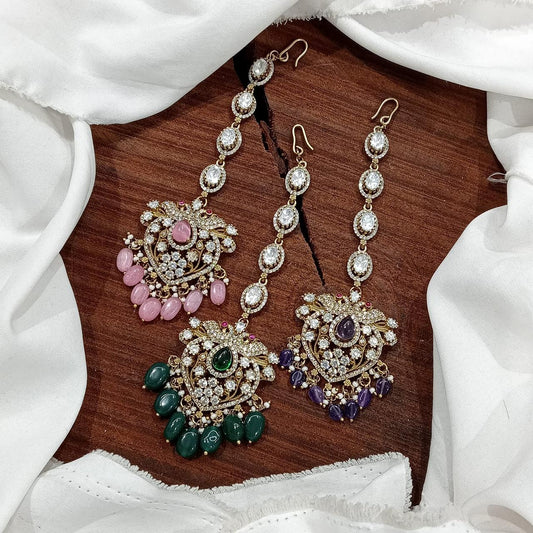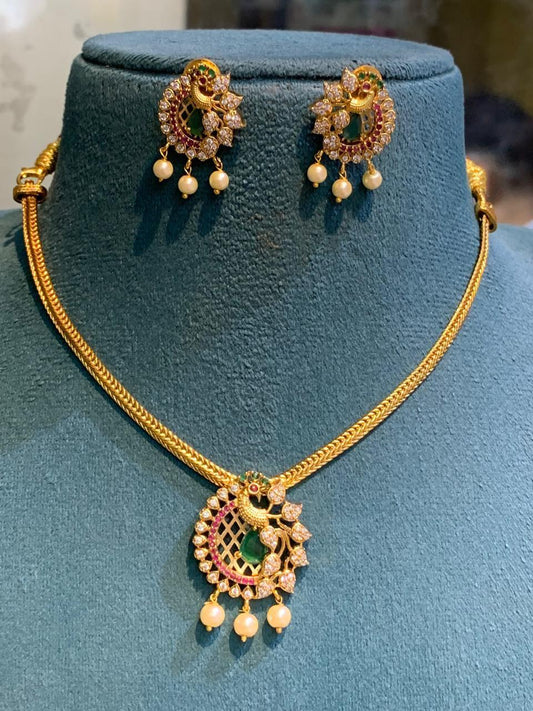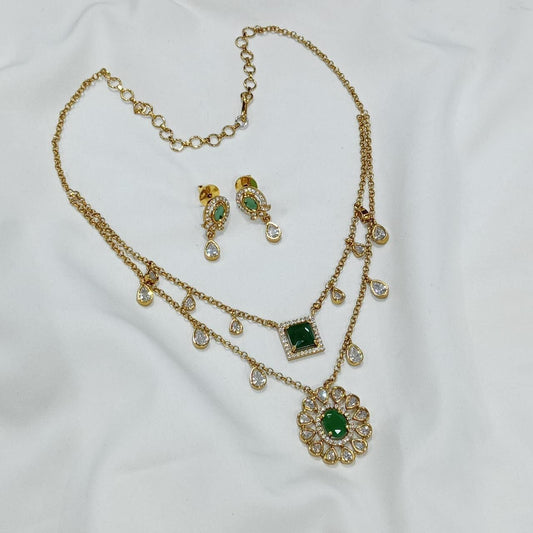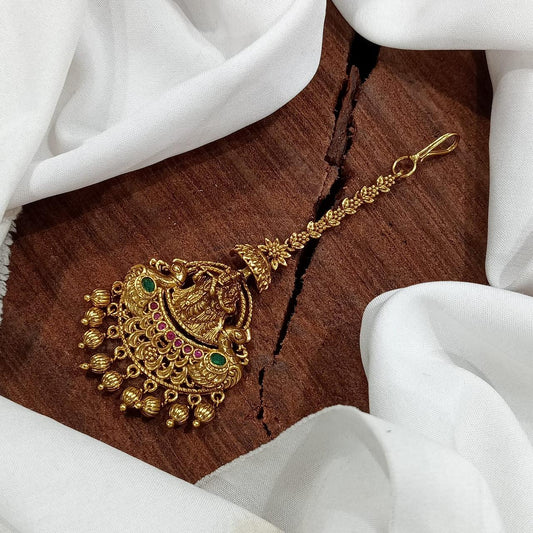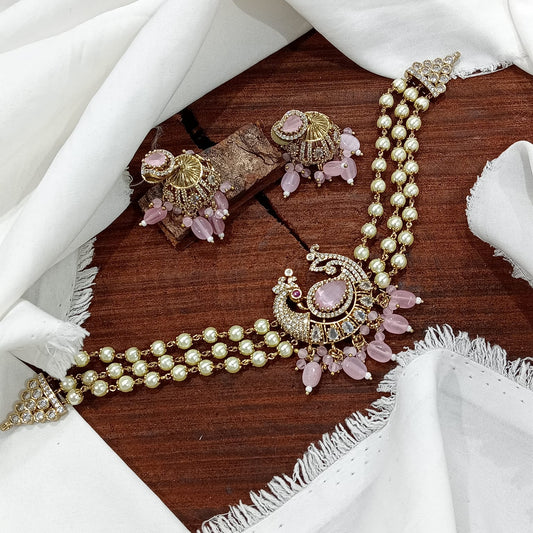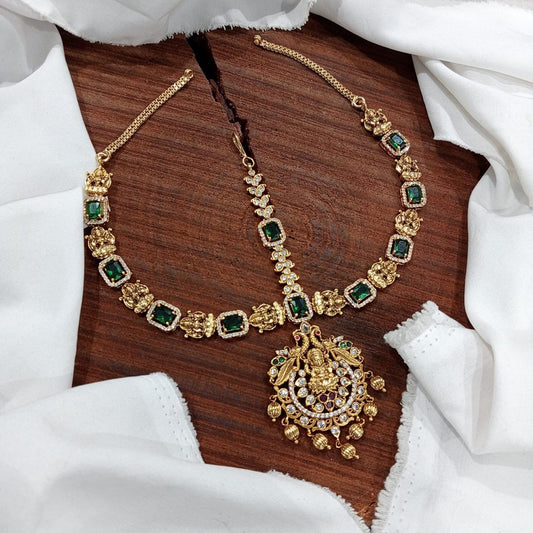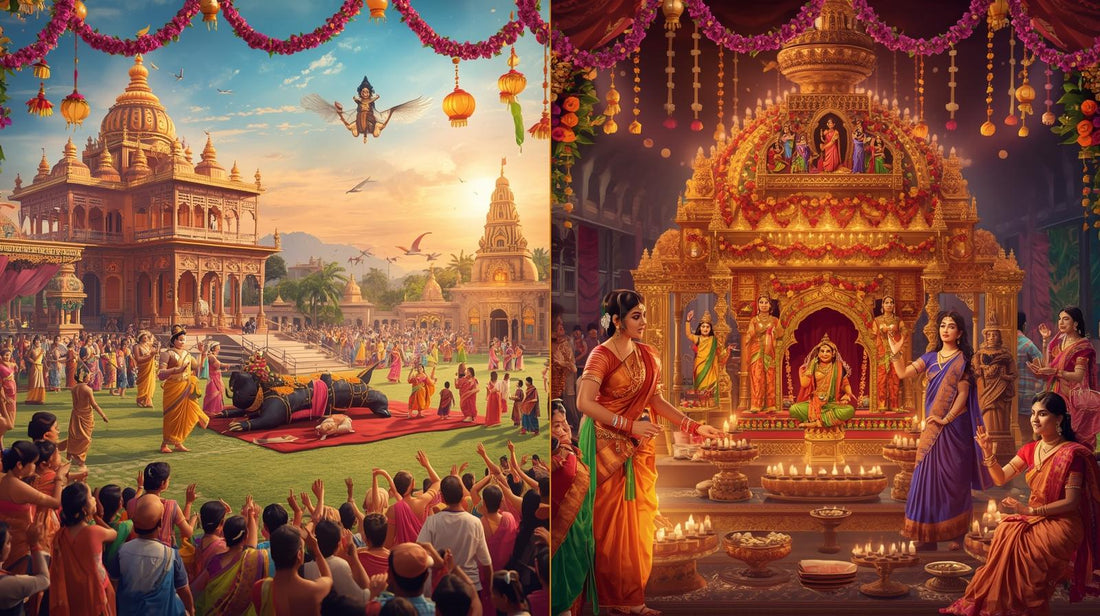
When Is Navarathri and What It Is: A Complete Guide to the Nine-Night Festival
Share
Introduction
Every year, millions of people across India and the world pause to celebrate Navarathri, a festival of nine nights dedicated to Goddess Durga. But for the uninitiated, two questions often arise: When exactly is Navarathri celebrated? and What is it all about?
This guide breaks it down step by step—explaining the timing of Navarathri, its spiritual meaning, and how it is observed across different regions. By the end, you’ll have a clear picture of not just when Navarathri happens, but also why it matters.
When Is Navarathri Celebrated?
- Navarathri doesn’t fall on fixed calendar dates—it’s based on the Hindu lunar calendar.
- The main Navarathri, also called Sharada Navarathri, occurs in the month of Ashwin (September–October).
- The festival begins on the Pratipada (first day) of the bright half of the lunar month and continues for nine nights and ten days.
- The tenth day is celebrated as Vijayadashami (Dussehra), marking the triumph of good over evil.
Other regional variations also exist:
-
Chaitra Navarathri (March–April): Celebrated in spring.
- Magha Navarathri (January–February): Observed in some regions with smaller rituals.
- Ashada Navarathri (June–July): Celebrated mainly in South India.
👉 Think of Navarathri like a “seasonal update.” Just as software has multiple releases throughout the year, the festival appears in different forms across the Hindu calendar—but the autumn Navarathri (Sharada) is the most widely observed.
What Is Navarathri? The Spiritual Core
At its heart, Navarathri is a celebration of the divine feminine energy (Shakti). It is observed to honor Goddess Durga and her nine forms, each representing unique powers like courage, knowledge, prosperity, and compassion.
The festival symbolizes:
- Victory of Good over Evil: Lord Rama defeating Ravana or Goddess Durga defeating the demon Mahishasura.
- Balance of Energy: A reminder that strength (Durga), wealth (Lakshmi), and wisdom (Saraswathi) are essential in life.
- Renewal of Spirit: Nine days of prayer, fasting, and cultural gatherings help devotees realign with their values and community.
The Nine Days of Navarathri
Each day of Navarathri is dedicated to a specific form of the Goddess, often associated with a color, ritual, or type of worship.
- Day 1 – Shailaputri: Represents strength and grounding.
- Day 2 – Brahmacharini: Symbol of discipline and devotion.
- Day 3 – Chandraghanta: Brings peace and courage.
- Day 4 – Kushmanda: Associated with creation and vitality.
- Day 5 – Skandamata: Motherly love and protection.
- Day 6 – Katyayani: Fierce form that destroys negativity.
- Day 7 – Kalaratri: Removes fear and ignorance.
- Day 8 – Mahagauri: Symbol of purity and serenity.
- Day 9 – Siddhidatri: Grants wisdom and spiritual fulfillment.
This structured devotion is almost like a nine-step framework—just as in project development you move through phases of planning, execution, and review, Navarathri leads devotees through stages of self-reflection, action, and renewal.
How People Celebrate Navarathri
Celebrations vary widely across regions, yet they all reflect devotion and community.
In North India
- Durga Puja: Especially in West Bengal, grand idols of Goddess Durga are worshipped and immersed in water.
- Ram Leela & Dussehra: The story of Lord Rama is enacted, ending with effigies of Ravana burned on Dussehra.
In South India
- Golu (Doll Display): Families arrange dolls on steps, representing divine and cultural themes.
- Ayudha Pooja: Tools, books, and instruments are worshipped.
- Vidyarambham: Children are initiated into learning on Vijayadashami.
In Western India
- Garba & Dandiya Raas: Colorful dance festivals where people gather nightly to celebrate through music and movement.
In Eastern India
-
Durga Pandals: Artistic installations showcasing Goddess Durga become community hubs for celebration and cultural performances.
Why Navarathri Matters Today
In modern times, Navarathri goes beyond being just a religious event. It’s a reminder of:
- Resilience: Like Goddess Durga, facing challenges with courage.
- Community: Coming together through rituals, songs, and food.
- Balance: Honoring knowledge, strength, and wealth equally in life.
In a fast-paced digital world, Navarathri functions almost like a “system refresh”—a chance to reset, re-prioritize, and reconnect with core values.
Conclusion
So, when is Navarathri and what it is? Navarathri usually falls in September–October, lasting nine nights and ten days, and is dedicated to worshipping Goddess Durga in her nine forms.
It is a festival that unites devotion, art, culture, and community. Whether celebrated through Durga Puja in the East, Golu in the South, Garba in the West, or Ram Leela in the North, Navarathri continues to be a timeless reminder of strength, unity, and the victory of good over evil.
✨ How do you celebrate Navarathri? Share your traditions and stories in the comments—we’d love to hear!

